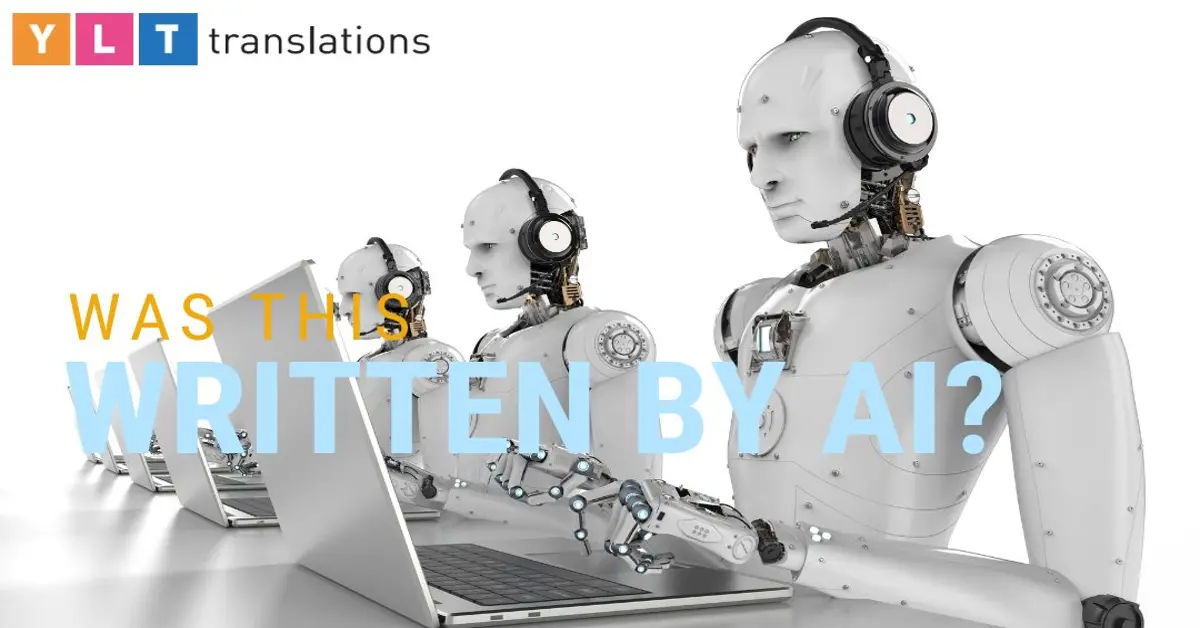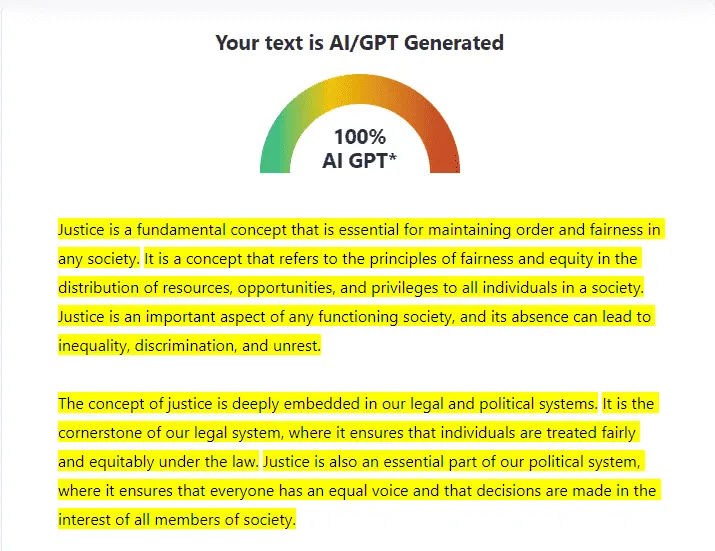How to Detect AI-Generated Text

Artificial intelligence has revolutionized the way we communicate, and AI-generated text has become increasingly prevalent in our digital lives. While AI can be a powerful tool for generating content, it also raises concerns about authenticity and originality. As we rely more on AI-generated text, it's essential to learn how to detect it. In this article, we'll explore the challenges of identifying AI-generated text, discuss the limitations of detection methods, and provide you with practical tools and techniques to help you detect AI-generated content.
The rise of AI-generated text has created a new set of challenges for individuals, educators, and organizations. As AI models become more sophisticated, it's becoming increasingly difficult to distinguish between human-written and AI-generated content. This raises concerns about academic integrity, copyright infringement, and the spread of misinformation. For instance, students may submit AI-generated essays, or websites may publish AI-generated articles without proper attribution. It's crucial to address these concerns by developing effective methods for detecting AI-generated text. With AI-powered tools becoming increasingly prevalent, it's essential to understand how to use them responsibly.
The Challenges of Detecting AI-Generated Text
Detecting AI-generated text is a complex task, and there's no single solution that can guarantee 100% accuracy. AI models can generate text that's remarkably similar to human-written content, making it challenging to distinguish between the two. Linguistic patterns, stylistic cues, and contextual clues are essential factors to consider when trying to detect AI-generated text. However, these factors can be subtle, and even the most advanced AI detection tools may struggle to identify AI-generated content with certainty.
Advanced AI Detection Tools

Fortunately, several AI detection tools have been developed to help identify AI-generated content. These tools utilize advanced algorithms and machine learning techniques to analyze text features and detect patterns that are characteristic of AI-generated text. Some AI-powered tools, like those developed by Apple, can also generate text, but it's essential to understand their features and limitations, as outlined in getting started with Apple Intelligence.
Scribbr's AI Detector
Scribbr's AI Detector is a powerful tool that can identify AI-generated content from tools like ChatGPT, Copilot, and Gemini. This detector supports multiple languages and can differentiate between human-written, AI-generated, and AI-refined text. It also provides paragraph-level feedback, making it an excellent tool for educators and researchers.
QuillBot's AI Detector
QuillBot's AI Detector is a free tool designed to identify AI-generated content from various sources. This tool uses advanced algorithms to analyze text features and detect patterns that are characteristic of AI-generated text.
GPTZero
GPTZero is a leading AI detector for assessing documents written by large language models like ChatGPT. This tool analyzes text at the sentence, paragraph, and document levels, making it an excellent tool for researchers and educators. GPTZero is trained on a diverse corpus of human-written and AI-generated text, focusing on English prose.
ZeroGPT
ZeroGPT is a comprehensive AI detector that specializes in identifying content generated by large language models, including ChatGPT and GPT-4. It provides detection in multiple languages, making it a versatile tool for users around the world. ZeroGPT evaluates text across various metrics to ensure accuracy and reliability, making it suitable for educators, content creators, and businesses aiming to maintain content integrity.
Grammarly's AI Detector
Grammarly's AI Detector is a powerful tool that offers an AI content detector and writing assistant. This tool assesses work to help users refine and ensure authenticity. It detects AI-generated content from tools like ChatGPT, Google Gemini, and Claude quickly.
General Detection Methods
While AI detection tools are becoming increasingly sophisticated, researchers have also developed general detection methods to identify AI-generated text. These methods involve analyzing various text features, such as fluency, coherence, and stylistic cues.
Analyzing Fluency
AI-generated text often exhibits exceptional fluency, with well-structured sentences and proper grammar. However, this fluency can also be a giveaway, as human writers often make mistakes and exhibit more variability in their writing style.
Analyzing Coherence
AI-generated text often lacks coherence, as the model may struggle to understand the context and relationships between ideas. Human writers, on the other hand, tend to exhibit more coherence and logical flow in their writing.
Analyzing Stylistic Cues
AI-generated text often lacks stylistic cues, such as idioms, colloquialisms, and figurative language. Human writers, on the other hand, often exhibit a more nuanced and varied writing style.
Caution on Reliability
While AI detection tools and general detection methods can be effective in identifying AI-generated text, it's essential to exercise caution when relying on these methods. No AI detection tool is 100% reliable, regardless of claimed accuracy. It's advised not to rely solely on AI detection for decisions affecting a person's career or academic standing. Additionally, when navigating the digital world, it's crucial to prioritize online safety and security, as outlined in navigating the dark web and choosing a secure password manager.
In conclusion, detecting AI-generated text is a complex task that requires a combination of advanced AI detection tools and general detection methods. While these methods can be effective, it's essential to exercise caution and consider the limitations of AI detection. By understanding the challenges of detecting AI-generated text and using the tools and techniques outlined in this article, you can become more proficient in identifying AI-generated content.





